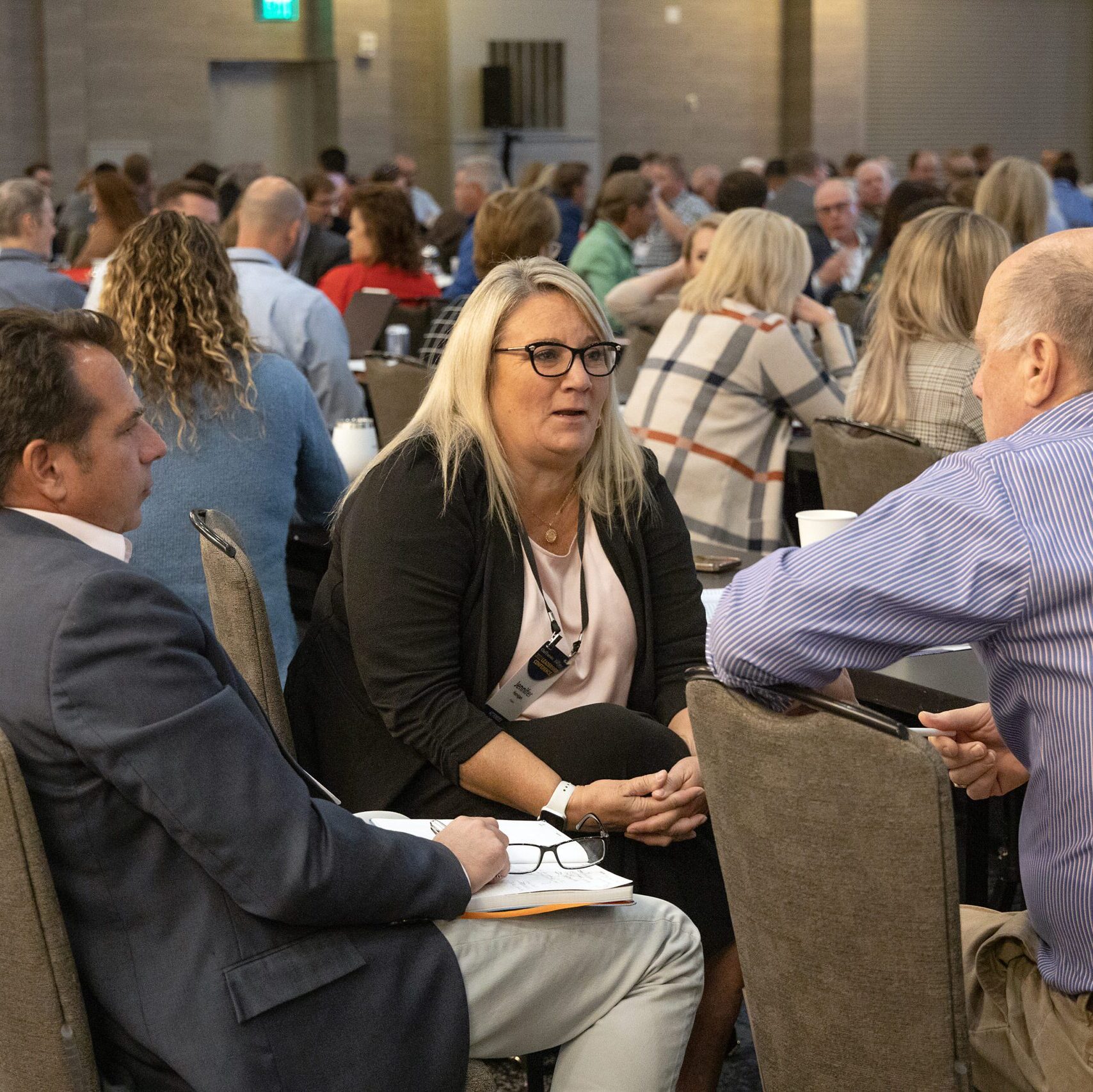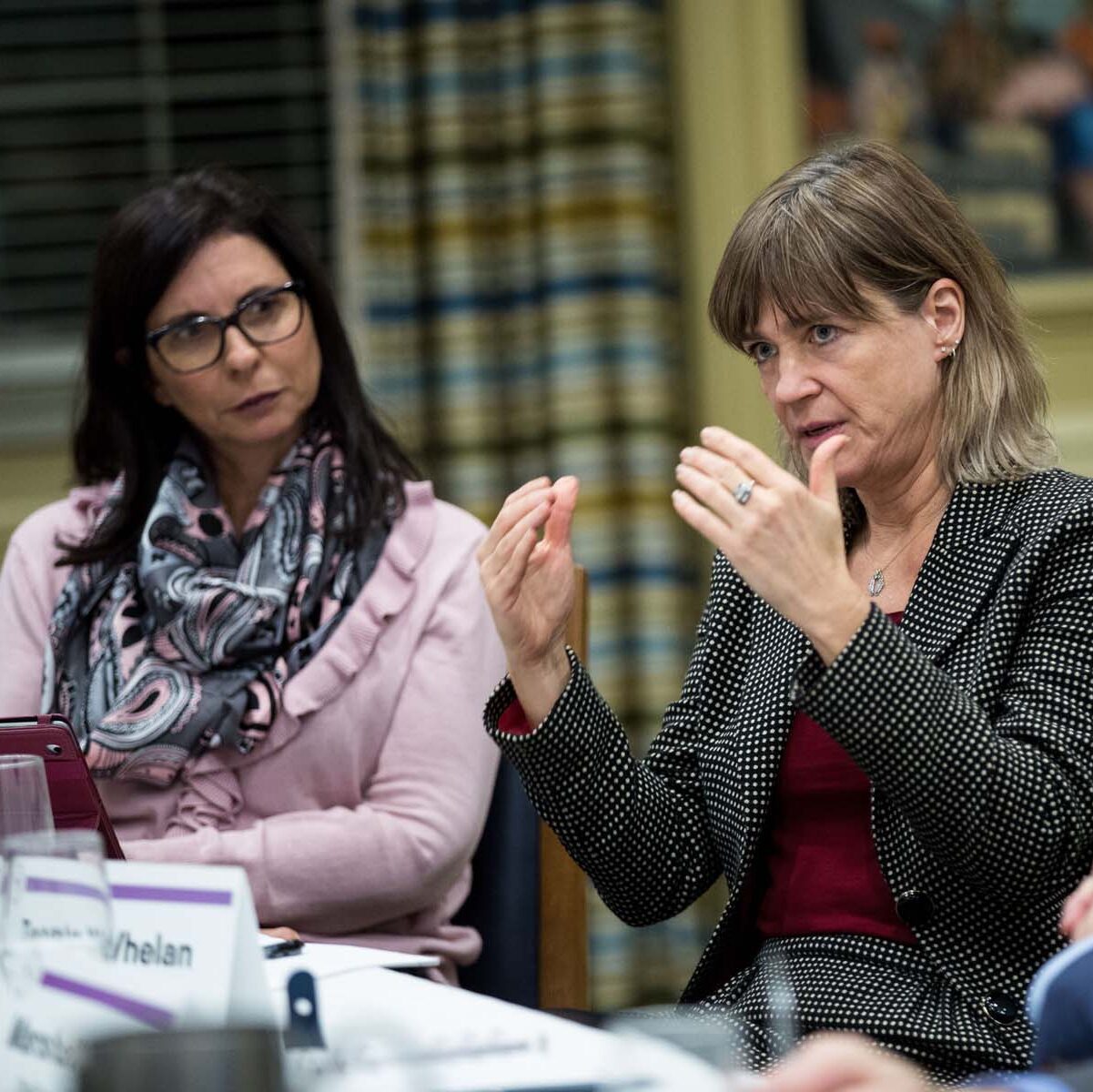


Two company vice presidents ask a promising new MBA, Michelle, to lead a task force to “investigate a sales-forecasting problem.” One of the largest producers of precious-metal alloys for commercial and industrial use, the company is experiencing losses because prices have gone down, and it has an excess of high-priced inventory in its warehouses.
The VPs provide Michelle with a list of seven task-force members they’ve selected from the departments of marketing, corporate planning and economic analysis. It is pointless, the executives say, to include any of the four marketing leaders, as they are busy and historically resistant to change. Michelle and the team have eight weeks to deliver their report. It’s a clear opportunity to impress the company’s executive team.
When I teach courses on leading high-performing teams, I usually open with this business case. No matter participants’ experience level, it sparks lively debates and provides a lot of topics for discussion. For one thing, there’s the issue of the VPs’ instructions. Many participants start off saying they think the instructions are perfectly clear—when I discussed the case recently with the division heads of a Fortune 500 company, one participant said, “It’s obvious what the execs want.” Yet when the discussion starts, it quickly becomes apparent that there are widely differing interpretations of “investigate a sales-forecasting problem.” Some participants believe the team needs to provide a new way to estimate sales forecasts, others think it needs to look at how other organizations do sales forecasting, and so on.
The real discussion starts when I ask: What do you think of the task-force membership process? Participants with limited experience are fine with the team’s makeup, which is nicely diverse and includes product managers from marketing who can speak for the marketing leaders. These classroom participants tend to focus mainly on team functioning, arguing that Michelle’s first job is to build a strong and cohesive group.
True, team building is an important part of Michelle’s role. But the experienced leaders in my workshops recognize the real issue. They grasp that to be successful, the task force needs to understand the concerns and expertise of various players outside the task force. It needs to tap into these players’ knowledge and get their buy-in. The seasoned participants pick up on the fact that the task force excludes marketing leaders, whose forecasting expertise and possible oversight of the company’s forecasting process, as well as their influence in the organization, give them deep knowledge and significant power.
They say Michelle should either return to the VPs and politely ask that marketing leaders be included, or create a clear plan for speaking with the marketing leaders as soon as possible.
Their insights are borne out. In the case, the marketing leaders are never consulted. Thus, when Michelle and the team present the final report to the VPs, the marketing leaders who are at the presentation reject the report outright.
The forecasting case provides an essential lesson for team leaders who believe their only role is building a strong, hard-working, productive team: No team is an island. You set yourself up to fail unless you manage your team’s stakeholders—people or groups beyond your team, whether inside or outside the company, whose expertise and concerns will impact the team’s success.
High-performing teams’ externally focused behaviors fall into two norms that entail routinely listening to and engaging with stakeholders. Norm 1: is to understand team context, and Norm 2: build external relationships. Understanding your team’s broader organizational context makes it easier to build relationships with stakeholders. Once you’ve built those relationships, it is also far easier to obtain the “inside” information about the needs and priorities of stakeholders and politics inside and outside the organization that affect the team. It’s critically important to take the time to build both norms. Doing one without the other will not lead to high performance.
We define understanding team context as taking actions to learn and understand the needs and concerns of relevant stakeholders and working to understand how the team’s efforts contribute to stakeholder and organizational goals. This norm requires building awareness, asking questions, and listening carefully to what is on the minds of relevant stakeholders.
Building external relationships consists of actively and strategically forging relationships with stakeholders and those who can provide resources and affect team performance. This norm requires spending time with relevant stakeholders both inside and outside the organization. Decades of research by Sandy Pentland of MIT shows that building relationships adds performance value because ideas are shared across siloed areas of a company. Social scientists who study decision making warn that most poor decisions are not the result of errors in logic or reasoning; they emerge from our inability to capture the full complexity of the situation before us, which changes rapidly in fast-paced competitive environments. The best strategy for good decision making is to collect relevant information from a wider variety of people and to make this a habit.
Stakeholder-focused norms offer opportunities to acquire new perspectives, support and resources. Understanding stakeholders’ needs and building good relationships with them provides an opportunity to tap into knowledge and insights that can increase learning, improve decisions and stimulate new and innovative ideas. Ideas from stakeholders can be crucial in the early phases of innovation because of the different vantage points from which stakeholders view problems.
Reprinted by permission of Harvard Business Review Press. Excerpted from THE EMOTIONALLY INTELLIGENT TEAM: Building Collaborative Groups that Outperform the Rest by Vanessa Druskat. Copyright 2025 Vanessa Druskat. All rights reserved.



0

1:00 - 5:00 pm
Over 70% of Executives Surveyed Agree: Many Strategic Planning Efforts Lack Systematic Approach Tips for Enhancing Your Strategic Planning Process
Executives expressed frustration with their current strategic planning process. Issues include:
Steve Rutan and Denise Harrison have put together an afternoon workshop that will provide the tools you need to address these concerns. They have worked with hundreds of executives to develop a systematic approach that will enable your team to make better decisions during strategic planning. Steve and Denise will walk you through exercises for prioritizing your lists and steps that will reset and reinvigorate your process. This will be a hands-on workshop that will enable you to think about your business as you use the tools that are being presented. If you are ready for a Strategic Planning tune-up, select this workshop in your registration form. The additional fee of $695 will be added to your total.

2:00 - 5:00 pm
Female leaders face the same issues all leaders do, but they often face additional challenges too. In this peer session, we will facilitate a discussion of best practices and how to overcome common barriers to help women leaders be more effective within and outside their organizations.
Limited space available.

10:30 - 5:00 pm
General’s Retreat at Hermitage Golf Course
Sponsored by UBS
General’s Retreat, built in 1986 with architect Gary Roger Baird, has been voted the “Best Golf Course in Nashville” and is a “must play” when visiting the Nashville, Tennessee area. With the beautiful setting along the Cumberland River, golfers of all capabilities will thoroughly enjoy the golf, scenery and hospitality.
The golf outing fee includes transportation to and from the hotel, greens/cart fees, use of practice facilities, and boxed lunch. The bus will leave the hotel at 10:30 am for a noon shotgun start and return to the hotel after the cocktail reception following the completion of the round.